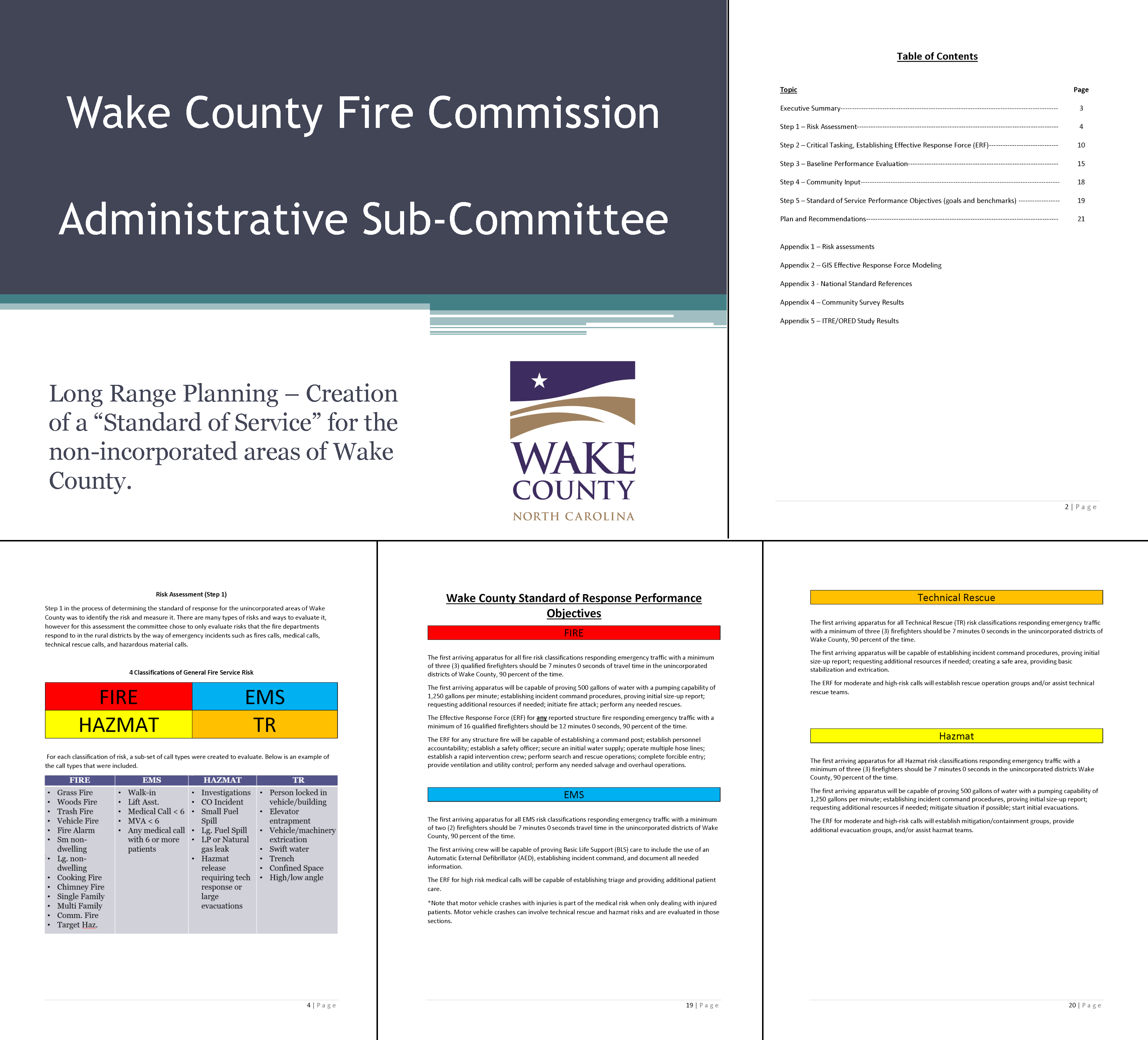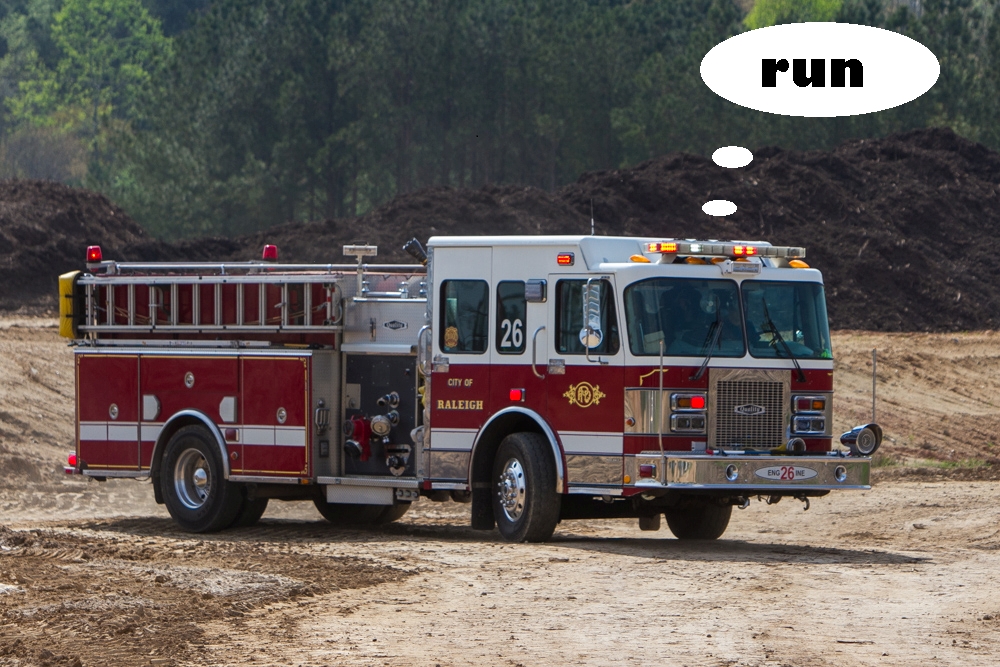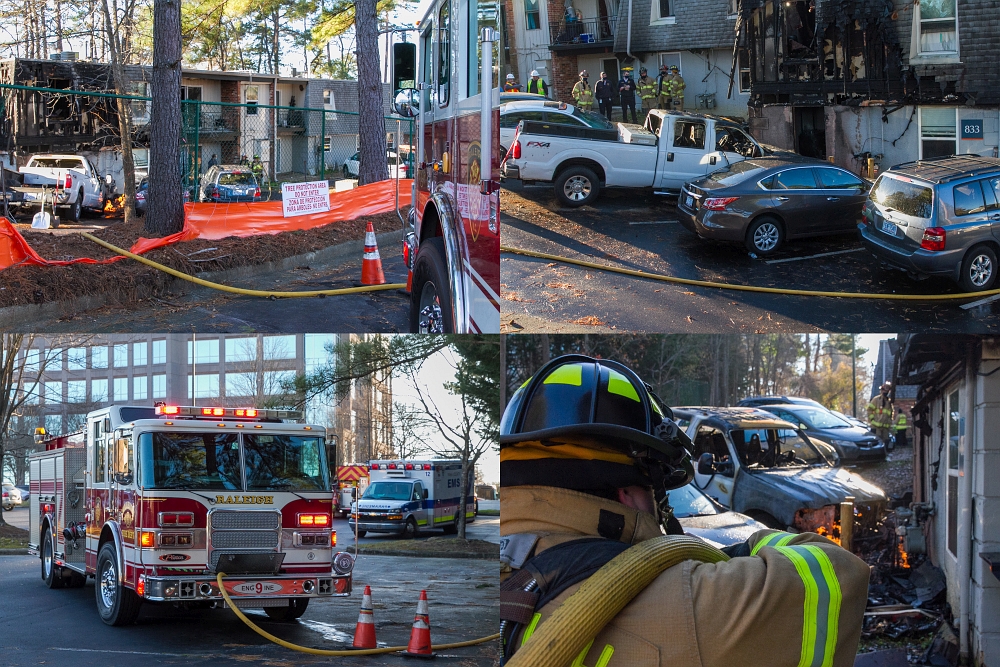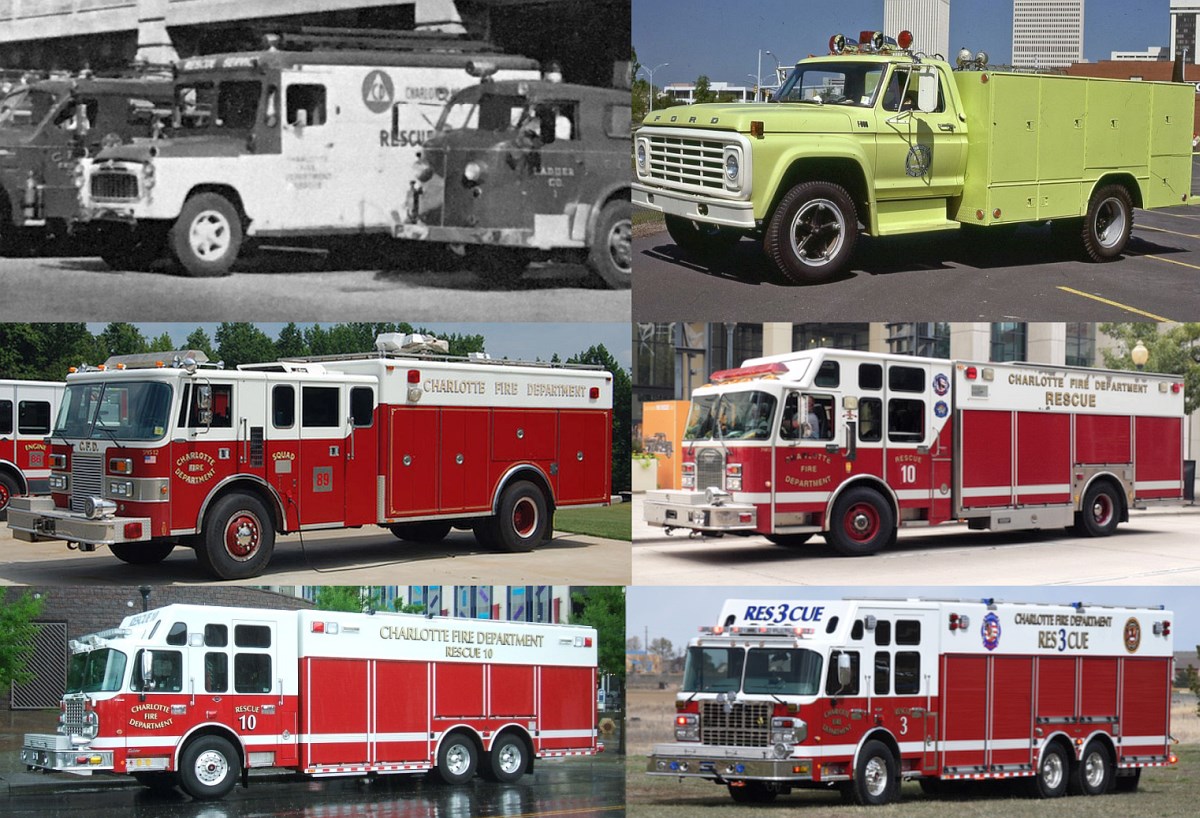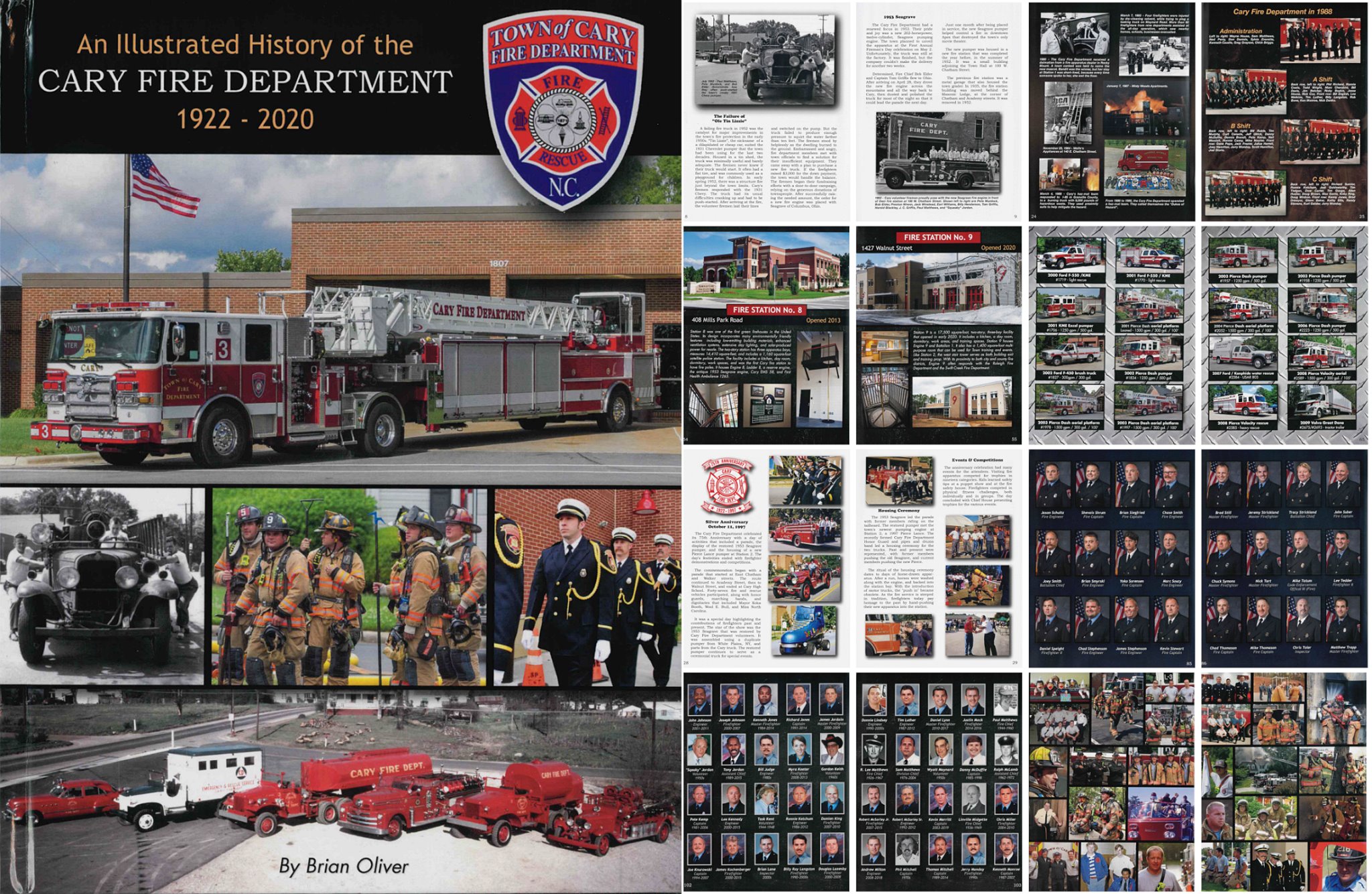Notes on the early history of the Raleigh Emergency Rescue Squad. This is a placeholder posting which will be updated and expanded over time. Related: How Often Did Raleigh Rescue Transport Patients?
See expanded version of this history and other information at https://legeros.com/ralwake/raleigh/history/rescue
1947 – First proposal for a Raleigh rescue squad.
1952 [?] – Creation of a Raleigh rescue squad started.
1953 – Rescue squad organized, with volunteer members, with boats and a trailer and other equipment, funding for vehicles requested, and soon assisting with searches for drowning victims. They are based out of Station 1.
1954 – June – Panel van received by this time. Assigned a full-time fire department driver.
1954 – June 13 – Fire department answered a heart attack call on West Whitaker Mill Road at 7:45 a.m. on June 13, 1954. This is likely the first recorded call for the rescue squad.
1954 – By July 16, 1954, Rescue 1 has been placed in service at Station 1 with a 1954 GMC panel van.
1955 – November 3 – Civil Defense heavy-rescue truck delivered.
1959 – August 23 – Rescue squad volunteer member Robert L. Battle, 45, drowns in the Cape Fear River, while assisting with a search for a missing boater, who was missing after his fishing boat overturned the day before, about two miles above the Buckhorn Dam. Battle was a Wake County Sheriff’s Deputy of four years, and previous a city police officer.
1962 – May 23 – News story includes this organizational information. Squad is comprised of “some 25 to 30 volunteers, led by Raleigh firemen Harold Jones and Ralph Hailey,” and who “serve only on the Rescue Squad, each heading a 12-hour shift.” Twelve other squad members are firemen who “serve on the Rescue Squad in their off-duty hours. Other members of the squad are railroad dispatchers, bus drivers, insurance men, store clerks…” The squad answers “a hundred or more calls a year.”
1962 – May 23 – By this time, squad equipment includes two complete scuba diving sets.
1966 – August 18 – Chevy C360 panel van purchased as new Rescue 1. Source: Legeros apparatus register.
1974 – July 1 – By this time, two rescue units are in service, with additional allocated positions.
1974 – October __ – Rescue 1 receives 1975 Chevy Silverado/Murphy ambulance. Purchase partially funded with matching federal Civil Defense funds. Source: Legeros apparatus register.
1974 – October 28 – Rescue 9 placed in service with 1974 Chevy Silverado/Murphy ambulance. Same notes as above.
1975 – April – Two rescue boats and trailers received as donations.
1975 – July – Two new outboard motors received as donations.
1976 – April-May – City Council adopts plan for ambulance service jointly funded by the city and the county. Includes use of both city rescue squads. Plan is abandoned and county forms own EMS service.
1976 – July 28 – Rescue 1 moved to Station 3.
1978 – July 24 – Rescue 3 moved to Station 12 and Rescue 9 moved to Station 14.
1982 – February 1 – Rescue 12 moved to Station 7, Rescue 14 moved to Station 6.
1985 – March 6 – Rescue units plan to take over assist invalid calls [from which agency?].

